The trend of "foreign worship" is evident
In recent years, the Vietnamese market has witnessed a strong influx of imported agricultural products, especially from the US. In 2024 alone, the export turnover of US fruits and vegetables to Vietnam skyrocketed by 64% compared to the previous year, reaching nearly 544 million USD. It is undeniable that the attraction of US agricultural products to Vietnamese consumers is growing.
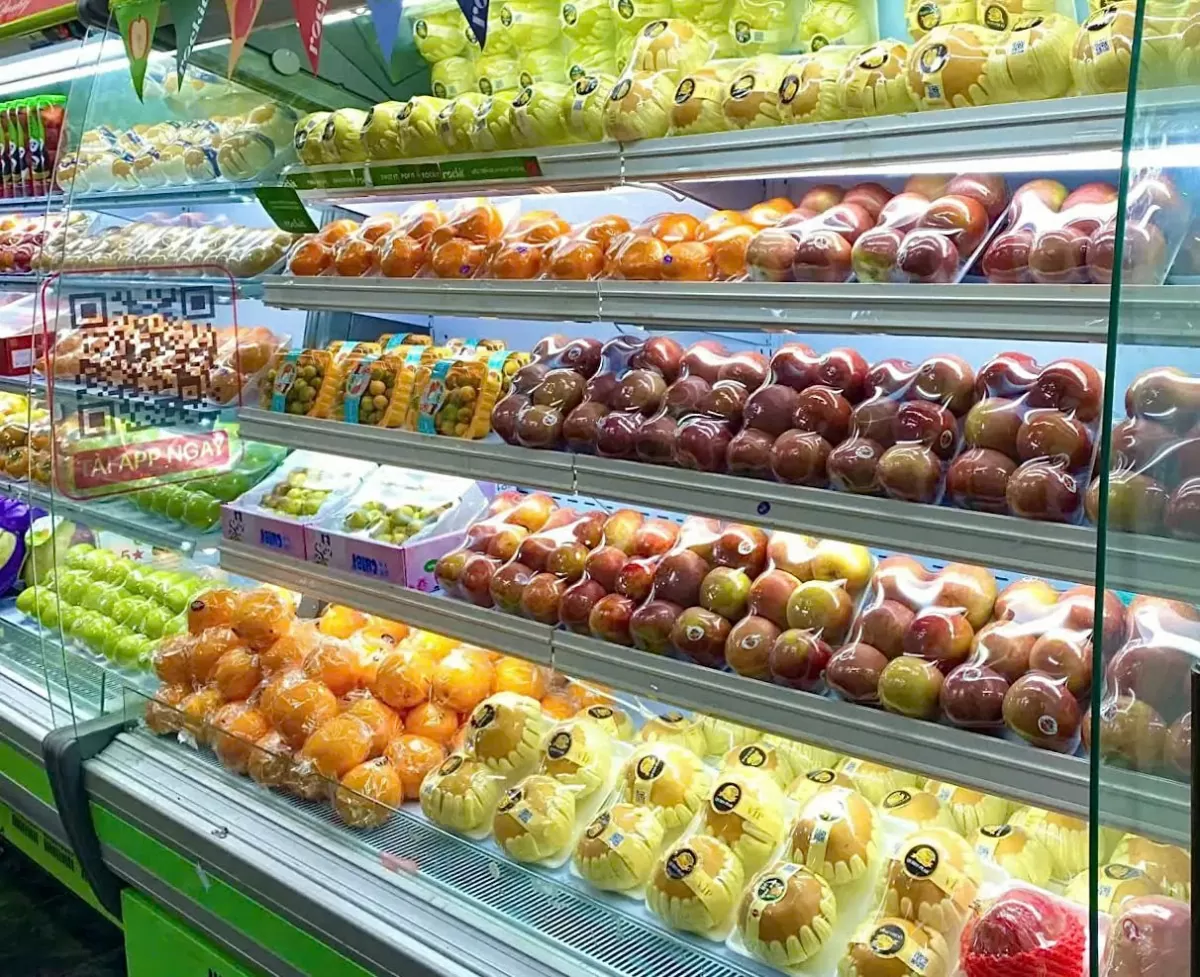 |
| The flood of imported fruits in modern retail chains is a big challenge for the Vietnamese fruit and vegetable industry at home (Photo: Minh Anh) |
Surveys at large supermarkets such as VinMart, Big C, Lotte Mart or imported fruit stores show a trend of promoting the sale of these imported products. Of course, this is also consistent with current consumer trends, when many customers prioritize imported agricultural products thanks to their high quality and strict inspection process.
Sharing with Cong Thuong Newspaper, Ms. Mai Hoa (35 years old, District 3, Ho Chi Minh City), a customer at VinMart supermarket said: " My family often buys American apples, which are crispy, sweet and different from domestic apples. More importantly, the products have international inspection certificates, creating a sense of security. I am willing to pay a little more for clean and safe food ."
Similar to Ms. Mai Hoa, Mr. Hoang Vinh (28 years old, Binh Thanh district) also has a similar opinion: "Honestly, when buying food, I always put safety first. Foreign agricultural products, especially from the US, Australia or Japan, often have clear quality certificates. Therefore, I feel more secure when using them. On the contrary, domestic agricultural products sometimes still have bad information about chemical residues or preservatives. Therefore, I am quite hesitant when choosing."
In addition to the quality factor, the appearance of imported agricultural products is also clearly more "eye-catching". The sophisticatedly designed, beautifully packaged and modern packaging has won the hearts of young consumers. They see the use of imported agricultural products as a way to express their personality and class. Meanwhile, some domestic agricultural products are still struggling with the design problem, not really meeting the increasingly high aesthetic needs of the market.
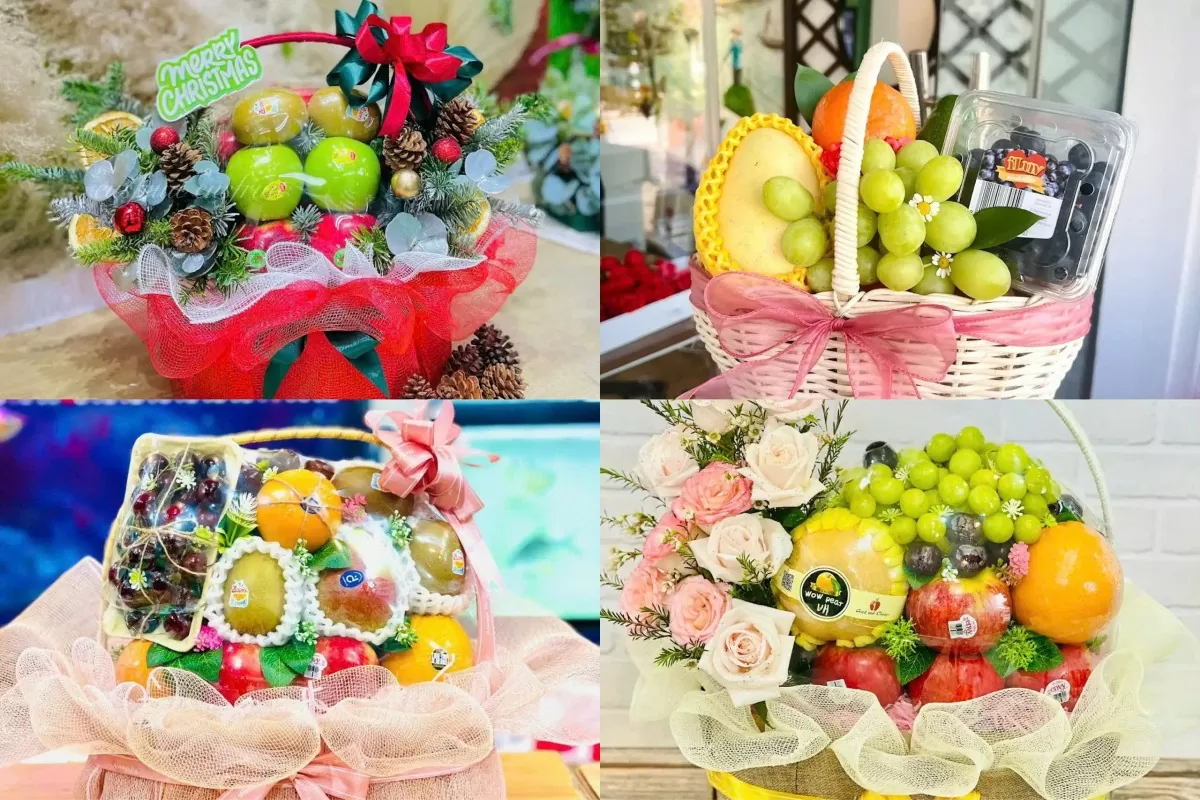 |
| Attractive design is one of the key factors to attract Vietnamese consumers. |
Accordingly, Mr. Ngoc Duong, owner of an imported fruit shop on Nguyen Duy Trinh Street, District 9, shared: "My shop has been open for a few years, but recently it has really become crowded. Young customers come to buy more. They like high-end imported fruits such as Korean peony grapes, Japanese strawberries, or New Zealand gold kiwis."
He also admitted: "To be honest, it is much harder to sell Vietnamese fruits now than before. Young customers prefer to buy imported fruits. They say imported fruits look nice, taste good, and there are many types to choose from. On the contrary, Vietnamese fruits are often not beautiful in appearance, and the quality is also inconsistent. For example, oranges, sometimes the fruit is sweet, sometimes the fruit is sour. And mangoes, sometimes the fruit is ripe, sometimes the fruit is still green."
Don't lose at home
From an economic perspective, many experts believe that Vietnam’s increased import of agricultural products from the US is part of a strategy to balance the trade balance, aiming to reduce pressure from increasingly tightening US trade policies. However, this has also created a “whirlwind” of fierce competition, directly threatening the market share of domestic agricultural products.
The biggest challenge facing Vietnam’s agricultural sector is competition in terms of price and quality. Diversified products with abundant supply and good prices are putting pressure on similar Vietnamese products. Moreover, with advantages in technology and modern production processes, American agricultural products are often of high and consistent quality, better meeting the increasingly demanding needs of consumers.
In that context, in order to avoid being "outclassed" at home, the Vietnamese agricultural sector needs to make strategic changes, improving competitiveness through product quality and reasonable prices. In particular, instead of focusing only on exports, the domestic agricultural sector also needs to firmly consolidate its domestic market share to avoid the risk of being taken advantage of by foreign enterprises.
Improving quality, investing in preservation technology, improving packaging and promoting brands will be important steps to help domestic agricultural products maintain their market share. Although imported agricultural products are creating great competitive pressure, this is also the driving force for the Vietnamese agricultural sector to transform and affirm its position right at home. |
Source: https://congthuong.vn/nong-san-viet-lo-bi-lep-ve-ngay-tren-san-nha-380810.html


![[Photo] Close-up of Vietnam's sniffer dog team searching for earthquake victims in Myanmar](https://vstatic.vietnam.vn/vietnam/resource/IMAGE/2025/4/1/d4949a0510ba40af93a15359b5450df2)


![[Photo] President Luong Cuong and King Philippe of Belgium visit Thang Long Imperial Citadel](https://vstatic.vietnam.vn/vietnam/resource/IMAGE/2025/4/1/cb080a6652f84a1291edc3d2ee50f631)
![[Photo] Prime Minister Pham Minh Chinh meets with King Philippe of Belgium](https://vstatic.vietnam.vn/vietnam/resource/IMAGE/2025/4/1/be2f9ad3b17843b9b8f8dee6f2d227e7)
![[Photo] General Secretary To Lam receives King Philippe of Belgium](https://vstatic.vietnam.vn/vietnam/resource/IMAGE/2025/4/1/e5963137a0c9428dabb93bdb34b86d7c)
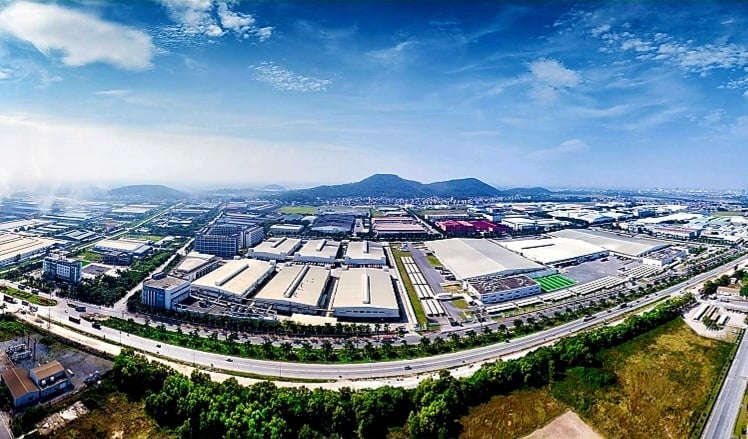
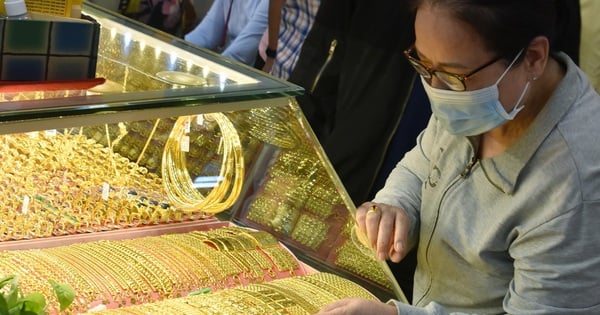

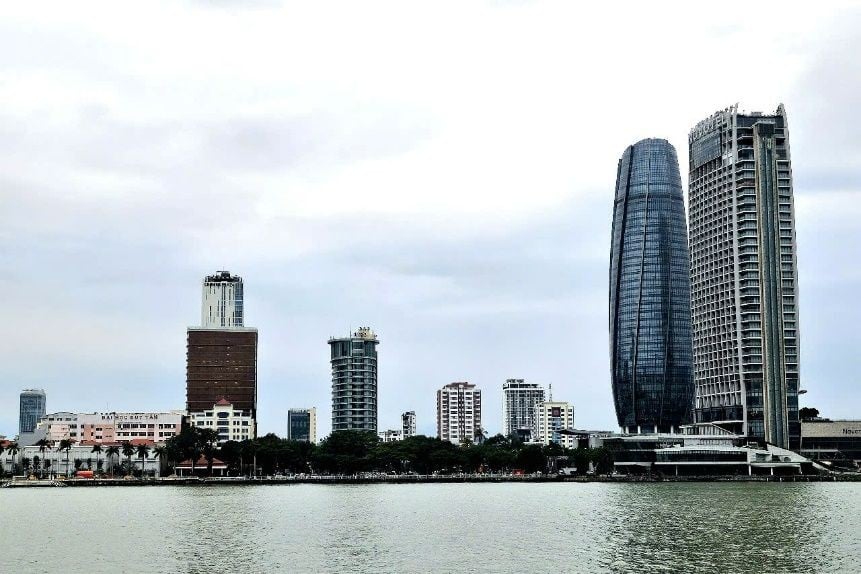

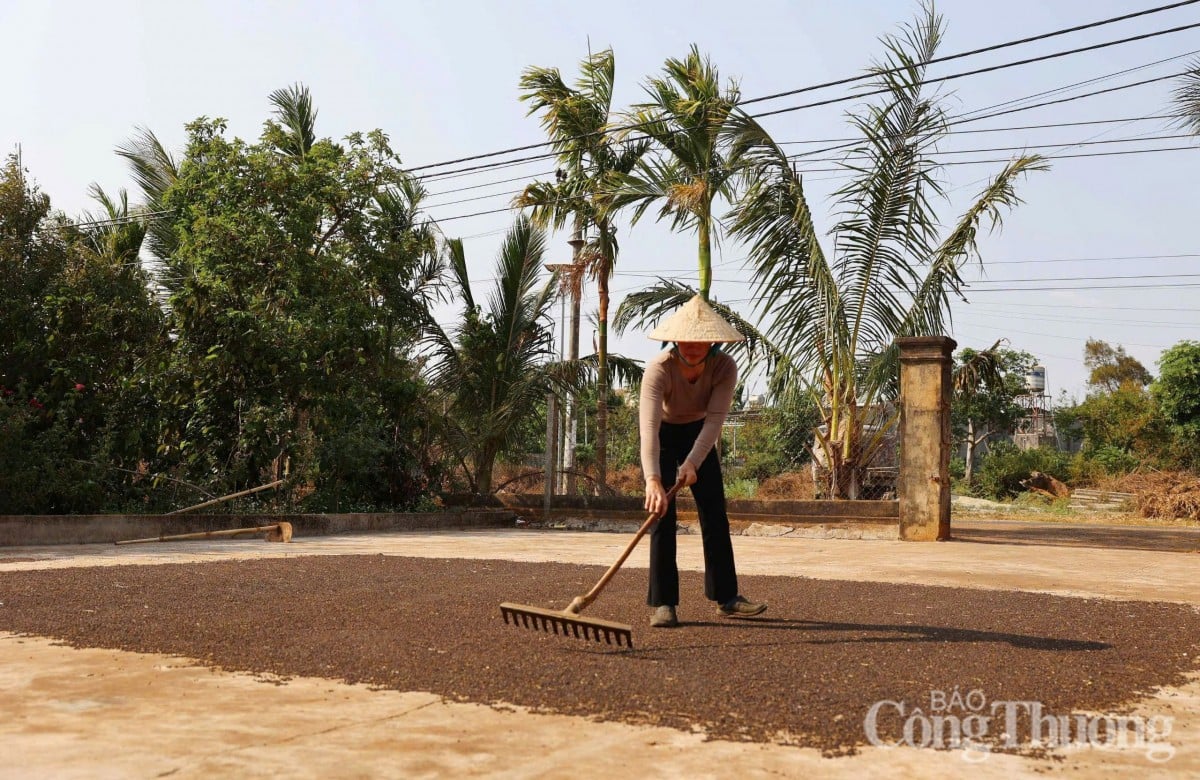







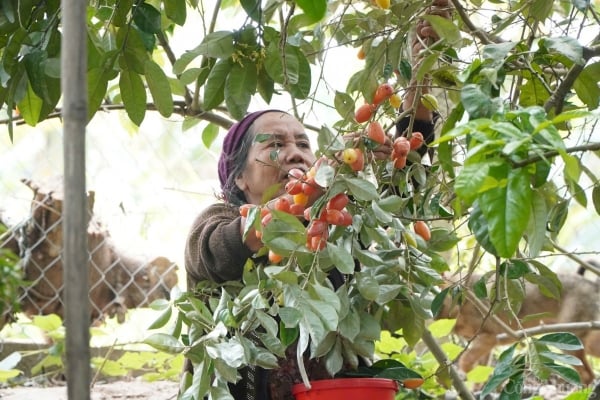

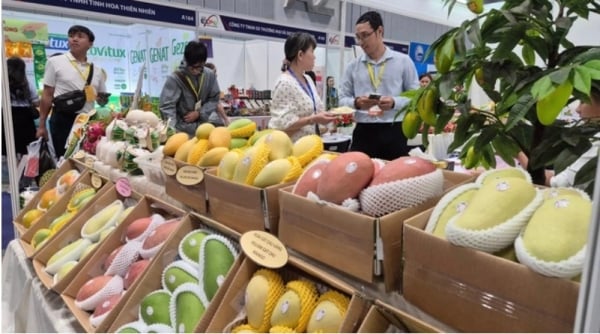




















































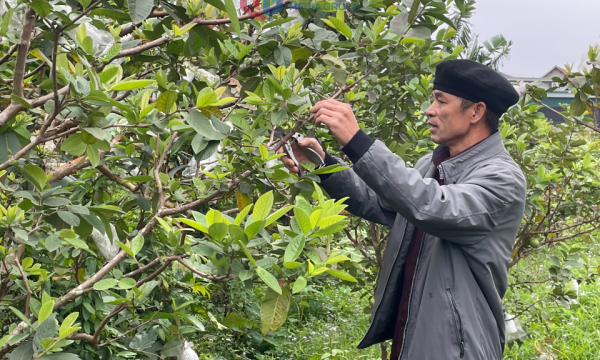

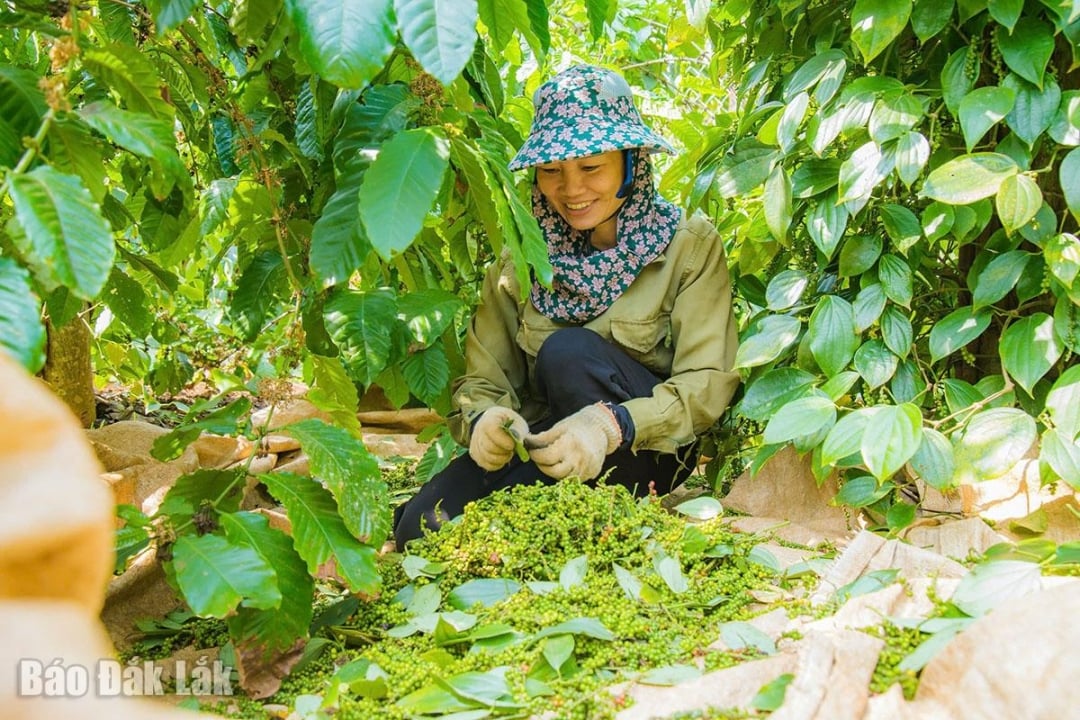



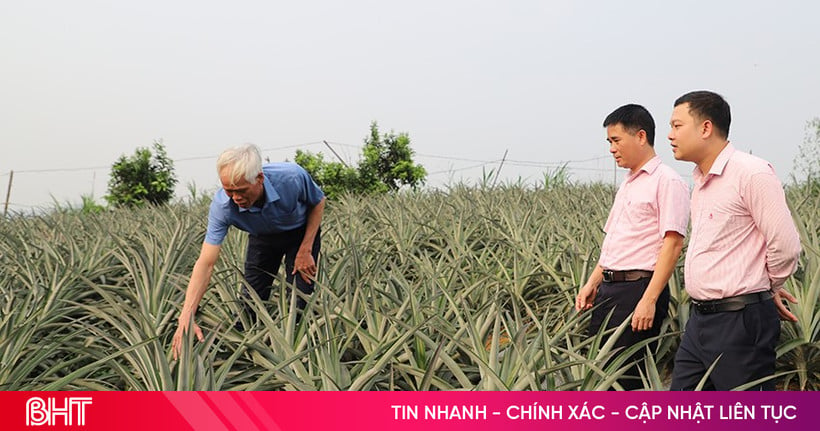









Comment (0)